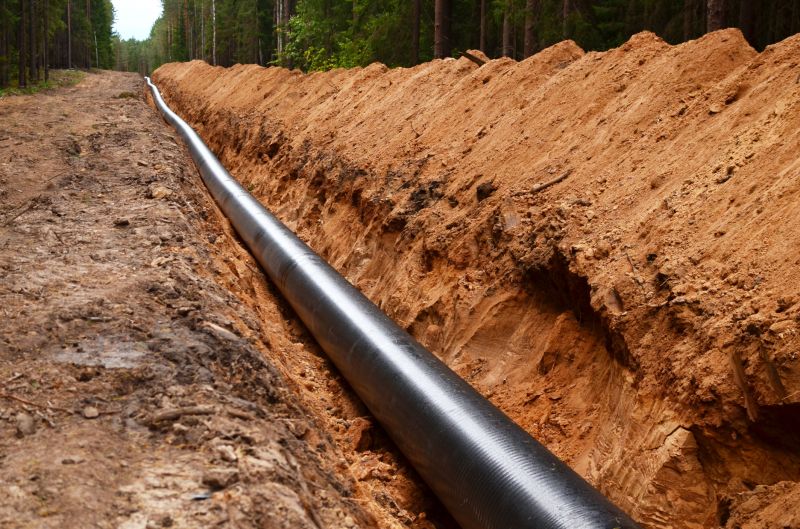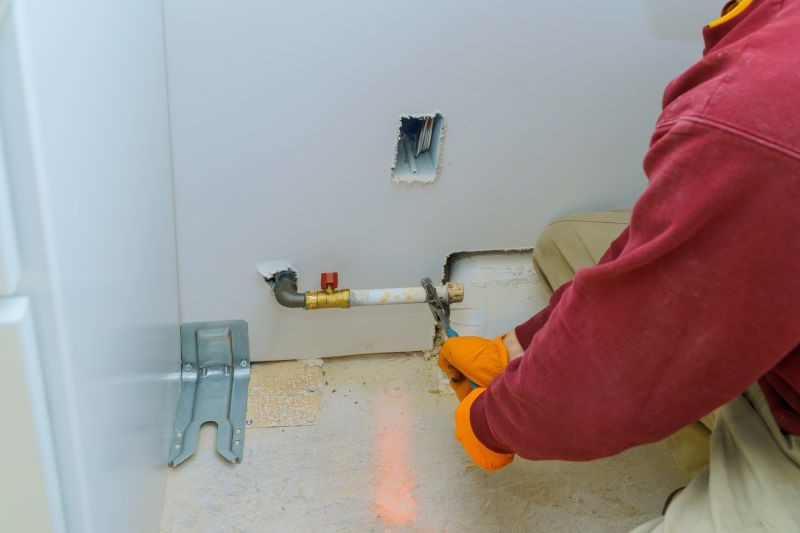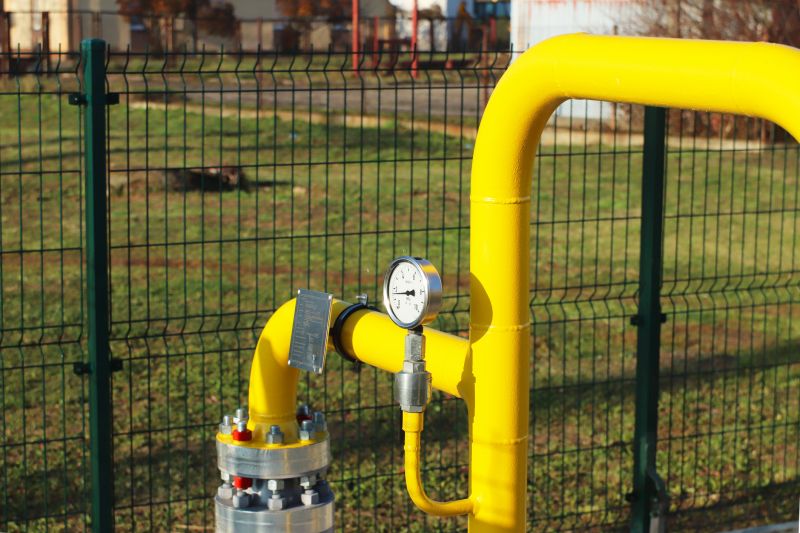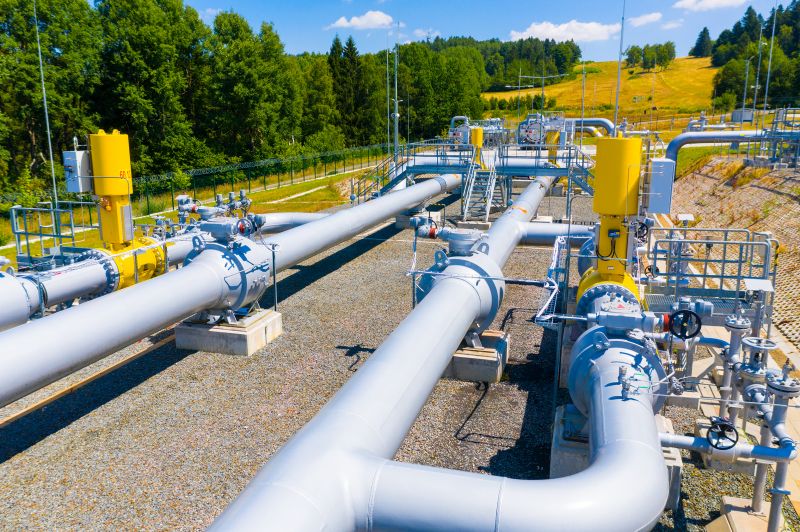Residential Gas Line Relocation Services
Relocating residential gas lines involves careful planning and execution to ensure safety and compliance. Proper relocation can prevent future issues and accommodate property modifications.
Services focus on safely rerouting gas lines to new locations within residential properties, ensuring minimal disruption.
Replacing or extending existing gas piping to meet new layout requirements or improve system integrity.
Assessment and consultation to determine the best approach for gas line movement based on property layout.

Installing new gas lines during relocation process.

Excavation for underground gas line rerouting.

Connecting relocated gas pipes securely.

Ensuring compliance and safety during relocation.

Verifying the integrity of relocated gas lines.

Restoring landscaping after excavation.

Tools used for safe gas line relocation.

Close-up of residential gas piping.

Gas line relocation in progress.
| Aspect | Details |
|---|---|
| Average Duration | Relocating a residential gas line typically takes 1-3 days depending on complexity. |
| Preparation Needed | Site assessment and permits are required before starting work. |
| Disruption Level | Minimal disruption when planned properly, with temporary service adjustments. |
| Cost Factors | Material, distance of relocation, and excavation complexity influence pricing. |
| Safety Measures | Strict adherence to safety protocols and inspection standards. |
| Post-Relocation Inspection | Necessary to ensure proper connection and safety compliance. |
| Permits Required | Local permits may be needed for underground work. |
| Typical Challenges | Obstructions, old piping, and property layout can affect timeline. |
The process of relocating residential gas lines involves careful planning, excavation, rerouting, and thorough testing to ensure safety and compliance. The timeline can vary based on property size and existing infrastructure.
Property owners should expect a detailed assessment beforehand, with clear communication about the scope and duration of the work. Proper planning minimizes disruption and ensures a safe, efficient relocation process.
